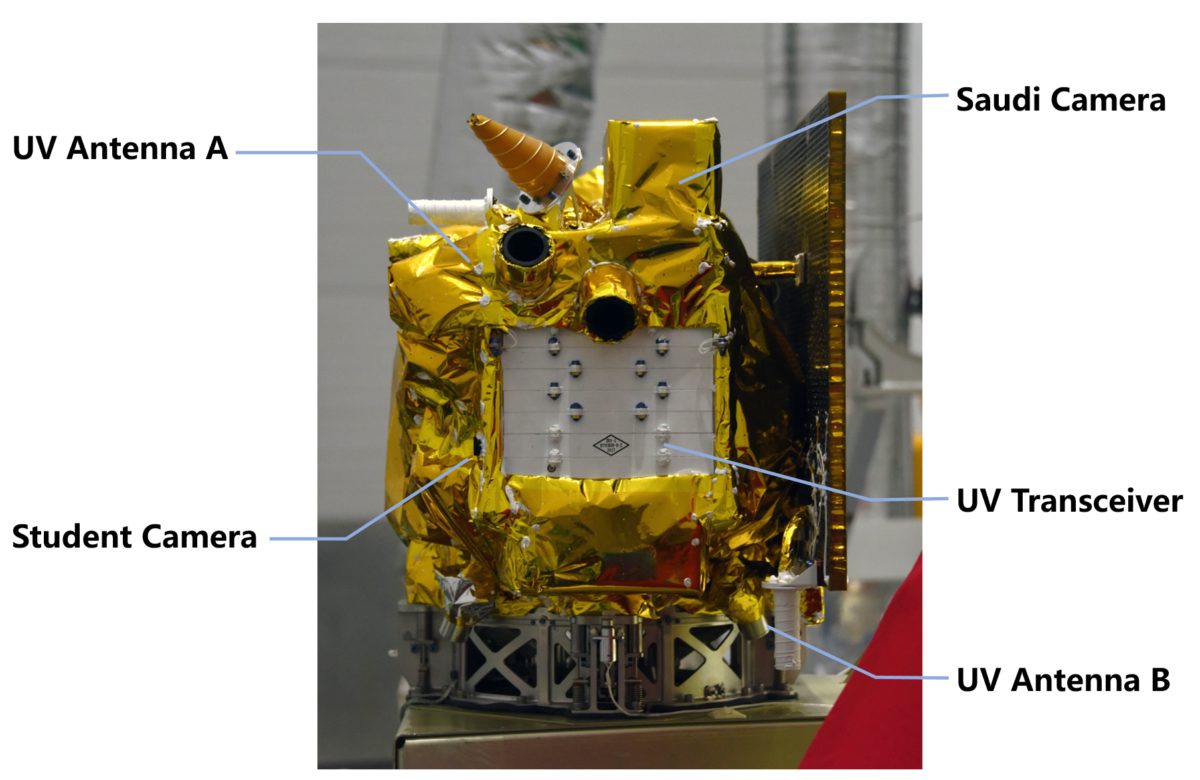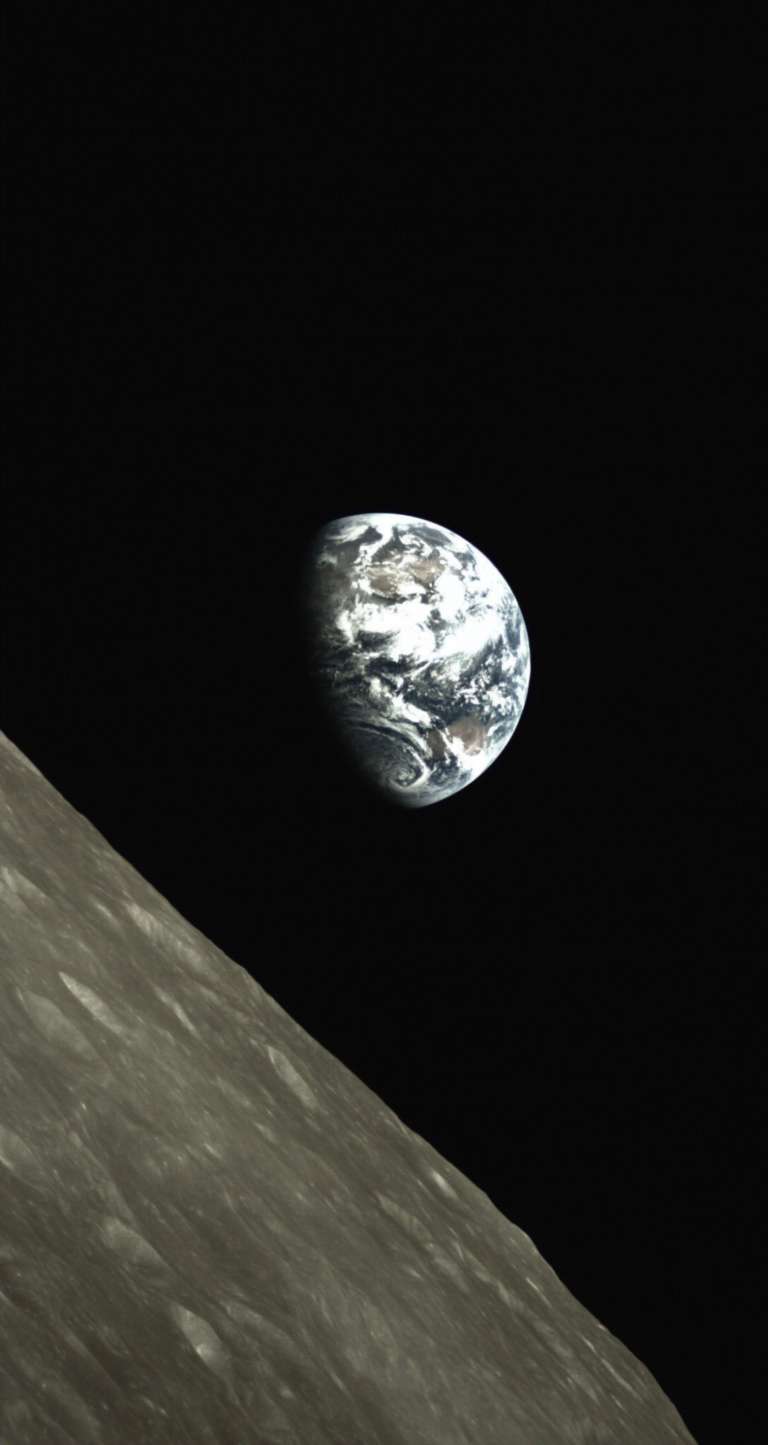Andrew Jones • Aug 05, 2019
Lunar Orbiter Longjiang-2 Smashes into Moon
Don’t worry, this was a planned end for a tiny satellite that has been a huge success.
At 14:08 UTC on 31 July, Longjiang-2, also known as DSLWP-B, passed behind the Moon for the last time. Half an hour later, with an absence of new signals to indicate a reappearance, it was clear that the Moon had lost an orbiter and gained a new crater on its far side. According to a prediction by Daniel Estévez, the 50-centimeter-tall, 47-kilogram DSLWP-B satellite impacted at 14:20 UTC.
Not to worry—this was a planned measure to prevent potential collisions or debris for future missions. A maneuver performed 24 January lowered the periapsis of the satellite’s lunar orbit by about 500 kilometers, with orbital perturbations over time seeing the satellite impacting the Moon Wednesday after 432 days in lunar orbit.

Longjiang-2 was launched 20 May 2018 as a passenger on the mission to send the Queqiao relay satellite beyond the Moon, in preparation for the unprecedented Chang’e-4lunar far side landing in January. Also along for the ride was Longjiang-1, also known as DSLWP-A. Together, Longjiang-1 and Longjiang-2 were to test ultra-long-wavelength astronomical interferometry while in orbit. Both satellites were developed by a young team at the Harbin Institute of Technology (HIT), in Heilongjiang province in northeast China, from which the Longjiang name (“river dragon”) came.
Some pictures of Queqiao relay satellite and Longjiang-1/2, found in a presention by SAST on 13th LCPM @AJ_FI @tammojan @cgbassa @m6sig @n6rfm @ibarakiseiga @py2sdr @4z5cp @PY4ZBZ @VK5EI @vk5qi @ndonso @scott23192 @AMSAT @AmsatUK pic.twitter.com/ncknxRxZWn
— BG2BHC (@bg2bhc) July 16, 2019

Unfortunately contact was lost with Longjiang-1 shortly after trans-lunar injection, but Longjiang-2 successfully entered elliptical lunar orbit on 25 May using its own propulsion, despite its diminutive size. It began operating days later, returning stunning images from a camera developed by King Abdulaziz City for Science and Technology in Saudi Arabia—one of 4 international payloads involved in the Chang’e-4 mission.
No further official releases from the Saudia camera have been made, though a couple of images have recently surfaced on Twitter and another through the China Lunar Exploration Program, showing the Earth during on 24 September.


However, the Longjiang-2 transceiver also carried an onboard student-developed camera, dubbed the Inory Eye (a note on the name here) and controlled by a tiny circuit board, which has returned a string amazing images of the Earth and Moon, as well as the lunar surface.
Inory Eye was used by amateur radio enthusiasts and astronomers to upload and receive messages and images. Reinhard Keuhn in Germany used his array of antennas to send commands to the satellite, with the Dwingeloo telescope in the Netherlands frequently tracking the satellite and receiving images and uploading these to a HIT platform.
The images can all be found here in chronological order, starting with an image that captured just a single star and ending with one last (overexposed) look at home. This post by Cees Bassa and Tammo Jan Dijkema fully explains the imaging from lunar orbit and notes those involved. Most incredibly, Longjiang-2 managed to capture images of the 2 July solar eclipse over the Pacific Ocean from lunar orbit.

Before impacting the Moon, Longjiang-2 facilitated a ‘QSO’, or contact, between the HIT Amateur Radio Club amateur radio and Reinhard Kuehn, a first using an amateur transponder orbiting the Moon.
Longjiang-2 hints at what is now possible for relatively low-cost, small satellites in deep space, on the heels of the NASA MarCO probes which were part of the Mars InSight mission.
The satellite was also used to verify the ultra-long wave technology for astronomical observation and solar radiation research, and its success may lead to more ambitious missions in the future.
Professor Ping Jinsong of the National Astronomical Observatories of China told SpaceNews last year that future similar missions are being considered: “To fly a low-cost constellation in lunar space or at the Sun-Earth Lagrange 1 and 2 points area, with EMC quiet platform for each satellite unit, and with space Very-long-baseline interferometry (VLBI) working mode…should be a reasonable choice in the near future,” Ping said.
The Harbin team, which had already developed LilacSat-1 and LilacSat-2, are now working the Association of Sino-Russian Technical Universities (ASRTU) satellite.
The projected Longjiang-2 impact site was about 300 kilometers north of the crash site of NASA’s Lunar Orbiter 1. That 385.6 kg spacecraft, coincidentally, took the first image of the Earth and the Moon on 23 August 1966.
Support our core enterprises
Your support powers our mission to explore worlds, find life, and defend Earth. You make all the difference when you make a gift. Give today!
Donate

 Explore Worlds
Explore Worlds Find Life
Find Life Defend Earth
Defend Earth

